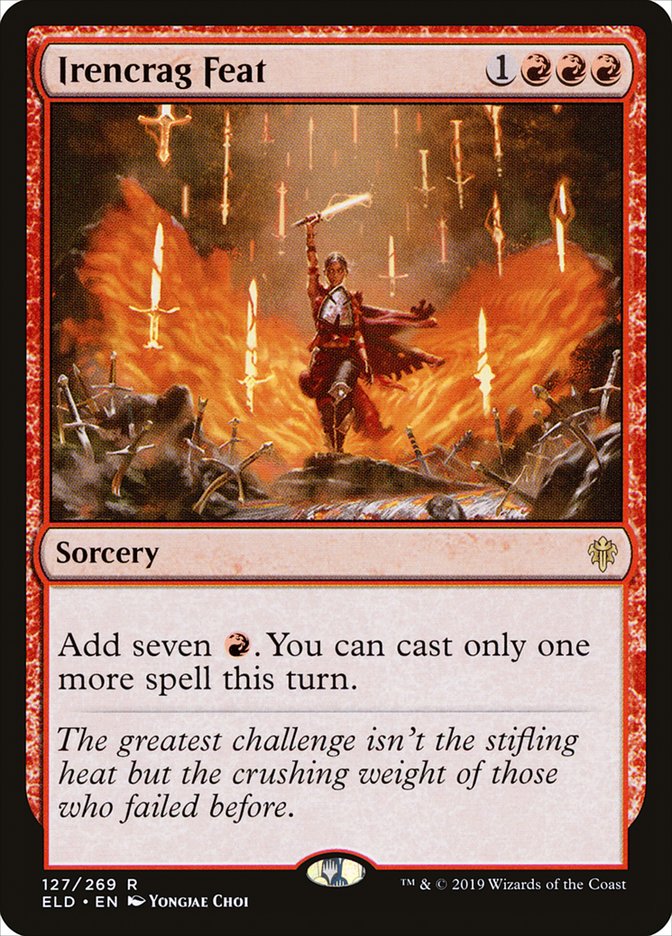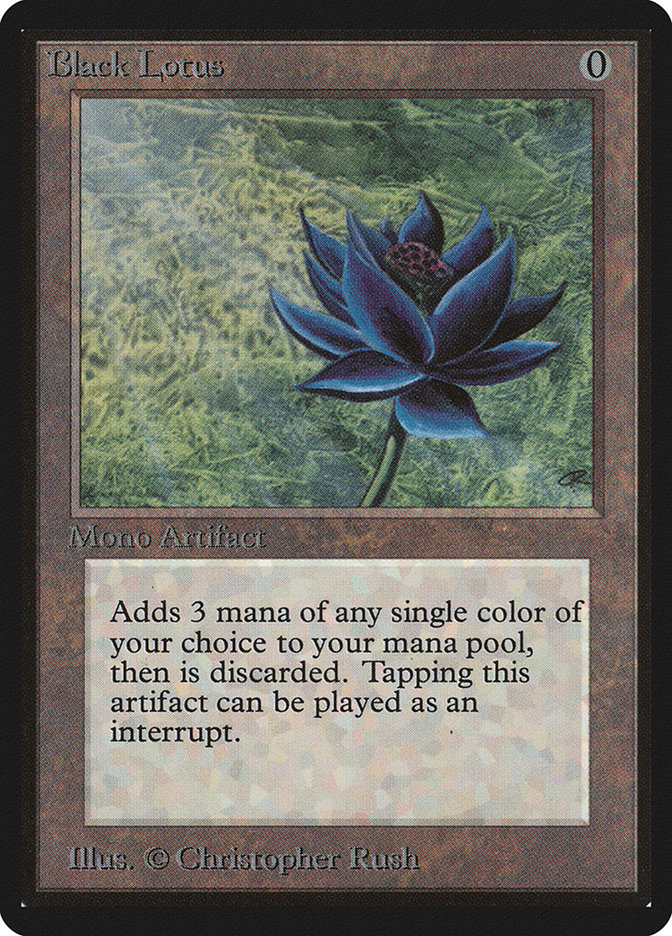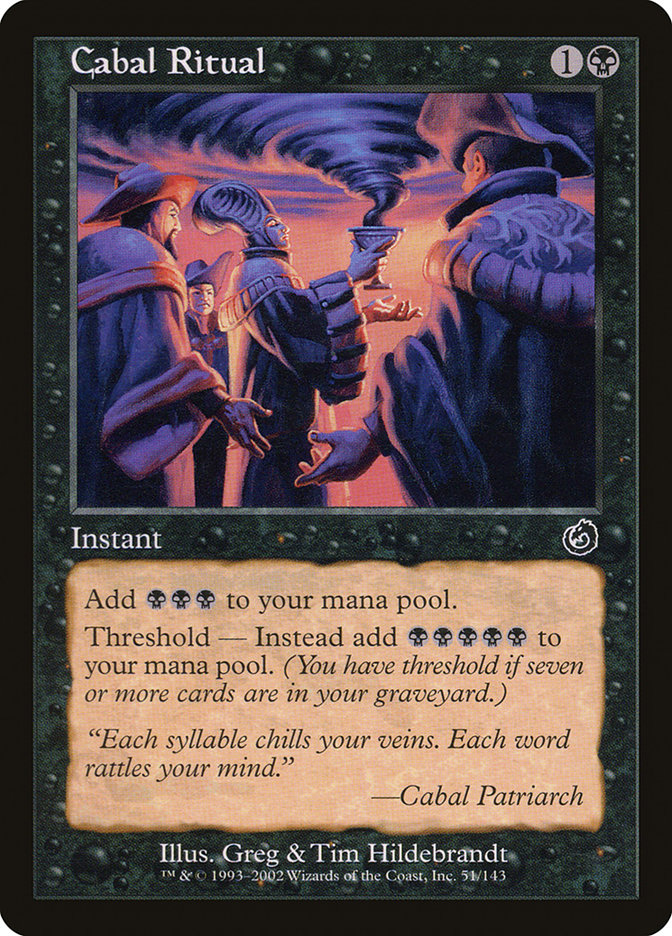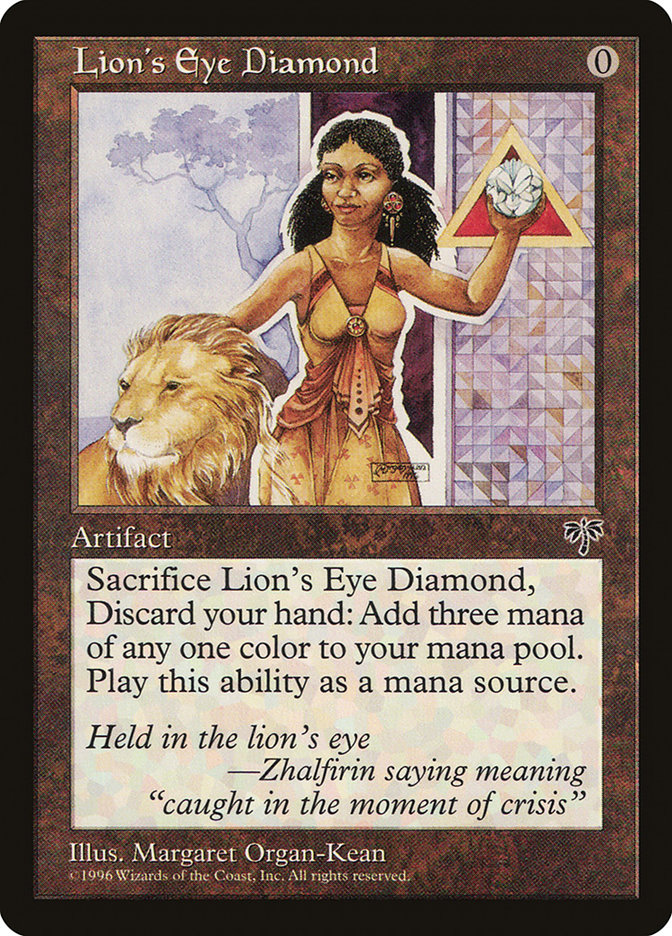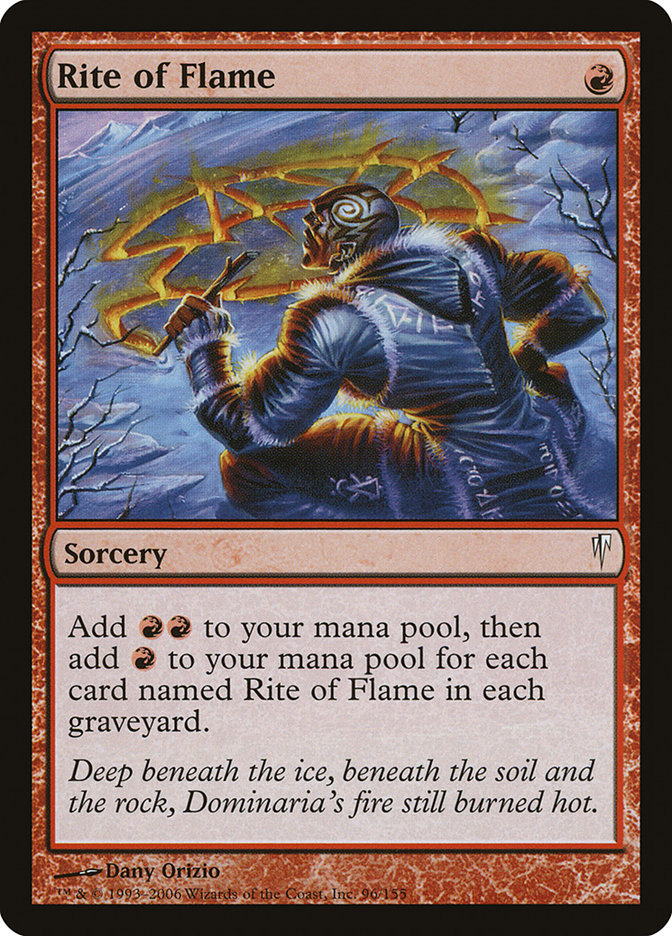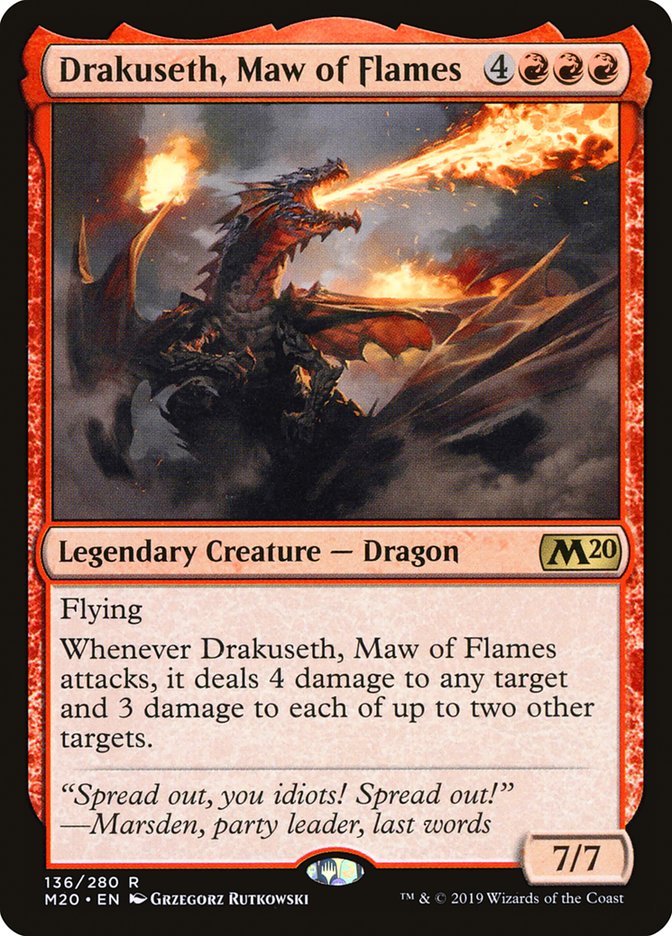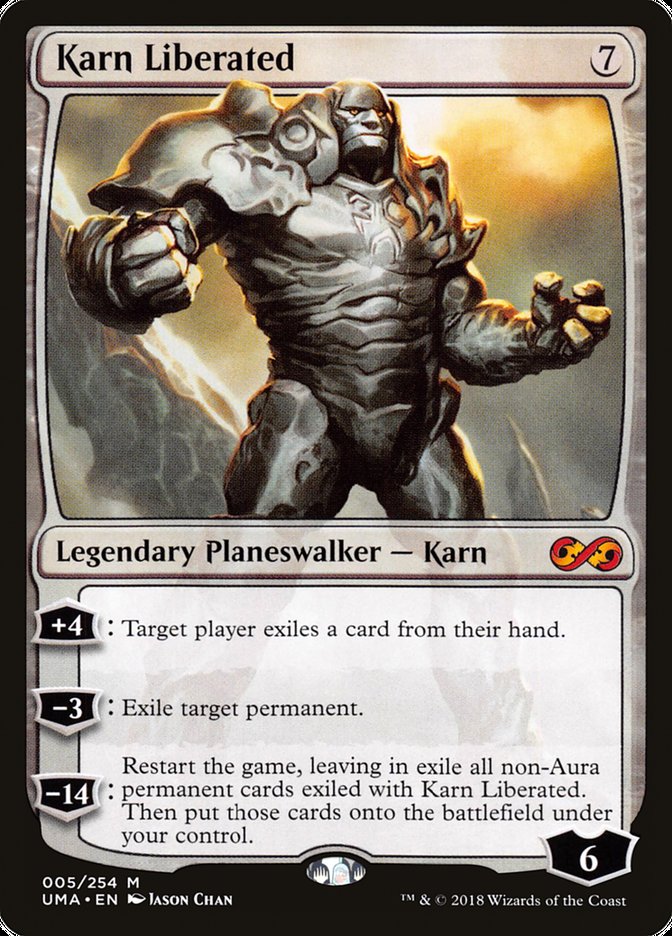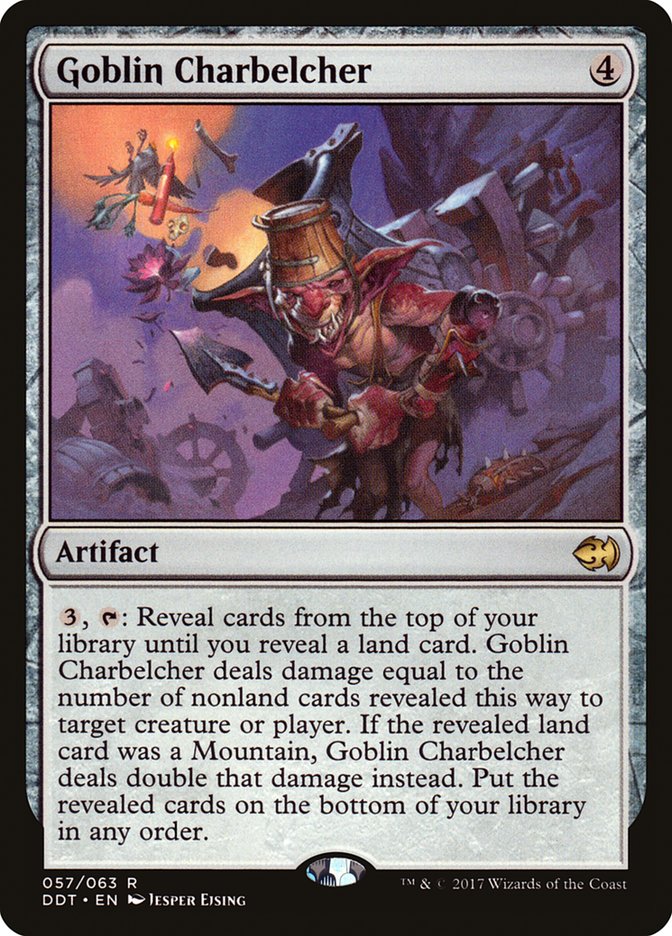During preview season, everyone wants to get in on the deckbuilding action.
However, it seems like many people feel like they are lacking the necessary
skills or information to do so. I’m routinely asked a variant of the
question “When it comes to deckbuilding, how do I even start?” An extremely
broad question, but it’s certainly a valid one. If you’ve never dipped your
toe into the deckbuilding waters before, I get how the whole process can
seem overwhelming.
While there are multiple frameworks you can use to enable your
deckbuilding, the launch of a new set is the best time to engage my
favorite one – single card maximization. In this framework, we simply look
to identify a card of above average power and figure out a way to get the
most from that card. While this still requires answering difficult
questions, it does at least give our exploration and Gatherer searches a
focal point.
Do we just need to survive to cast the card in question? Let’s identify the
tools that allow us to stall out the game. Are we attempting to cast the
card as quickly and often as possible? We’ll look for redundancy and
recursion. Does the card remind us of any other powerful prints we’ve been
able to maximize in the past? Let’s go look at some old decklists.
Like many tasks, the hardest part of deck construction is simply getting
started. Once a rough shell has been established, trial and error can
replace ethereal idea sculpting. Single card maximization can ease us
through those first few steps.
I’m going to look to do a bit of single card maximization today, and I’m
not going to lie: WotC made this one easy on me.
Do I need to do the history lesson yet again? Free mana is extremely
powerful. Regardless of the very real limitation tacked on to Irencrag
Feat, a gain of plus three mana is rarified air.
These cards were decent, right?
Irencrag Feat asks one very simple question. What is the best single spell
you can cast with seven red mana? Answer this question successfully, and I
have no doubt that you can find a way to build a successful archetype
around Irencrag Feat. However, present payoffs in Throne of Eldraine Standard are fairly limited.
Drakuseth saw some brief flashes of play in Reanimator-based strategies
during the most recent Standard season, but ultimately faded away due to
general incompatibility with the format. Ramp strategies went even larger
than Drakuseth, and a single Teferi from your opponent did far too much to
undo all the work you just put in. Both problems are still present in post- Throne of Eldraine Standard, but it’s always possible the metagame
breaks in a fashion that allows Drakuseth to shine.
Creatures (24)
- 4 Drakuseth, Maw of Flames
- 2 Rankle, Master of Pranks
- 3 Foulmire Knight
- 4 Murderous Rider
- 3 Inquisitive Puppet
- 4 Merchant of the Vale
- 4 Bonecrusher Giant
Planeswalkers (3)
Lands (25)
Spells (8)

I think there’s something pretty special going on here with regards to how
well every piece of this deck ties into the next. The Adventure creatures
simultaneously draw you to necessary pieces of your combo, and function as
fodder for Blood for Bones. Then they get to be redeployed in spell form
once more (except for Murderous Rider… boy would that card be absurd
without the “bottom of library” clause). Adventure cards on the whole
continue to be somewhat undervalued and I think the majority will see some
constructed play. The inherent card advantage and flexibility is just too
good to ignore.
Inquisitive Puppet has received almost no hype, but the small bodies that
bring a friend with them almost never do on the first pass. Inquisitive
Puppet has a little bit more upside with a scry clause tacked on as well.
Again, a shame we’re missing out on Blood for Bones rebuys, but you’ll
probably have better options to return to hand anyway. These small
creatures can all do a serviceable job holding the ground while we set up
for our extremely powerful end game.
Rankle is another card that just juices every plan this deck offers.
Cashing in your sacrifice fodder for opposing creatures while
simultaneously getting your Drakuseth’s in the bin is great, and a 3/3
haste flyer can at least start chopping away at our Teferi problem.
None of this has even mentioned the fact that there will be many decks that
simply fold to a Turn 4 Drakuseth or Chandra, Awakened Inferno. As far as
reasonable payoffs for Irencrag Feat in Throne of Eldraine Standard go, these two are about it. I’m not sure
Sundering Stroke is doing enough long term to justify a two-card
investment, and an Ugin, the Ineffable or God-Pharoah’s Statue is probably
not impactful enough on Turn 4 to function as a pure build-around. Maybe
there are other good Drakuseth/Chandra shells out there, but for the time
being, I think Irencrag Feat is defined by these two payoffs.
It stands to reason that when we expand our potential payoffs to include
Modern cards, things get even sillier. For the longest time, a single
seven-mana card has struck fear into the hearts of all Modern players.
If you thought Karn was problematic on Turn 3, wait until you are routinely
facing it on Turn 1 or 2!
Creatures (12)
Planeswalkers (4)
Lands (21)
Spells (23)
Sideboard

This is a deck that must look to reap the benefits of the London Mulligan.
You’re basically hopeless if your hand isn’t doing something powerful by
Turn 2, but luckily there are a bunch of combinations that achieve
reasonable things. Turn 2 disruption, reload with Turn 3 Seasoned
Pyromancer is going to get there some percentage of the time as well. A lot
of the effectiveness of this archetype will depend on how good Wurmcoil
Engine is. If everyone has clean answers or can otherwise ignore its
battlefield impact, things get much worse. In that case, we just move to
Chandra Ablaze, and try to get our opponents with the half-Mind Twist. Myr
Battlesphere also deserves a look as a threat that goes wide.
As far as seven-mana threats go, Karn is fine I guess, but surely we can do
better. If I cast Irencrag Feat, I just want to be done with the game. I
didn’t load up my deck with rituals because I wanted to sit around for
another ten minutes while my opponent pretends they still have outs in
their deck. For this instant gratification, we’re going to have to go to my
favorite format – Legacy. Normally, this would mostly be verboten
here at Star City Games during preview season, but I’ve got a secret
weapon, guaranteed to protect me from Cedric’s ire.
You see, like myself, Cedric has
a long and storied history
with Goblin Charbelcher. He knows the allure of putting your hands up and
singing “Goblins Take the Wheel” as you leave your tournament outcome
completely up to chance. A Magic player registering Goblin Charbelcher has
reached a place of acceptance typically reserved for the most Zen among us.
They’ve seen the truth though.
There is no future. There is no past. There is no life. There is no death.
There is only Charbelcher.
Spells (47)

You’re going to tell me that the fact Irencrag Feat produces exactly the
required mana to play and activate a Goblin Charbelcher is some kind of
accident? When the universe speaks, I listen.
This past weekend at SCG Syracuse, we bemoaned the low percentage of combo
decks in the field, and I honestly believe that the problem is one of half
measures. Delver strategies may be farming typical combo, but a deck that
can easily and aggressively use Veil of Summer to protect a Turn 2 or Turn
3 combo attempt will find itself in a fine place as the rest of the field
continues to account for the ever escalating Wrenn and Six-based midrange
arms race. Also, you can just go for it. Every good Charbelcher player
knows they never have the Force of Will anyway.
Irencrag Feat is the type of card that “smart” players love to avoid. Don’t
be blinded by a need to feel clever. Sometimes, the best approach is a
hammer, not a scalpel. The nearly unparalleled raw resource generation of
Irencrag Feat has a chance to be a hit in every single format, despite its
inherent card disadvantage.
Don’t sleep on this card.


